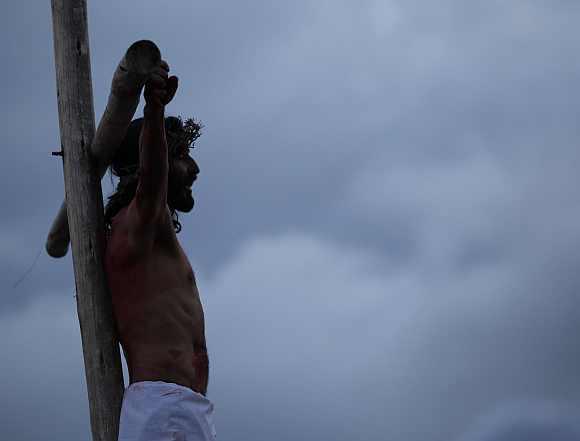
A study on earthquake activity at the Dead Sea has revealed the exact date of Jesus' crucifixion, which has been debated for years.
Researchers believe that Jesus, as described in the New Testament, was crucified on Friday April 3, 33 AD.
Textual and geological clues, along with astronomical data, support the date, the Discovery News reported.
...
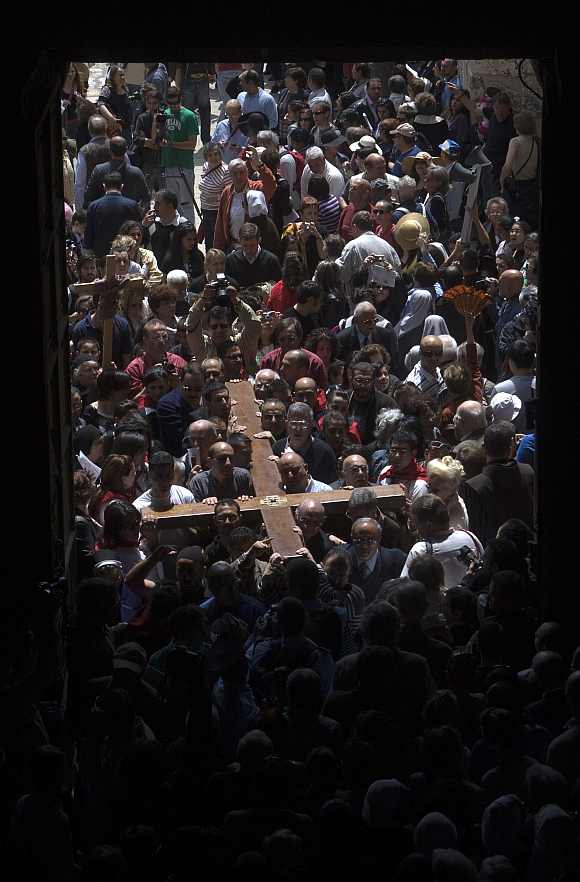
Geologists investigated the 4,000-year chronology of earthquake disturbances within the uppermost 19 feet of laminated sediment of the Dead Sea to determine the exact date of Jesus' crucifixion.
The latest investigation, reported in the journal International Geology Review, focused on earthquake activity at the Dead Sea, located 13 miles from Jerusalem.

To analyse earthquake activity in the region, geologist Jefferson Williams of Supersonic Geophysical and colleagues Markus Schwab and Achim Brauer of the German Research Center for Geosciences studied three cores from the beach of the Ein Gedi Spa adjacent to the Dead Sea.
Varves, which are annual layers of deposition in the sediments, reveal that at least two major earthquakes affected the core: a widespread earthquake in 31 BC and an early first century seismic event that happened sometime between 26 AD and 36 AD.
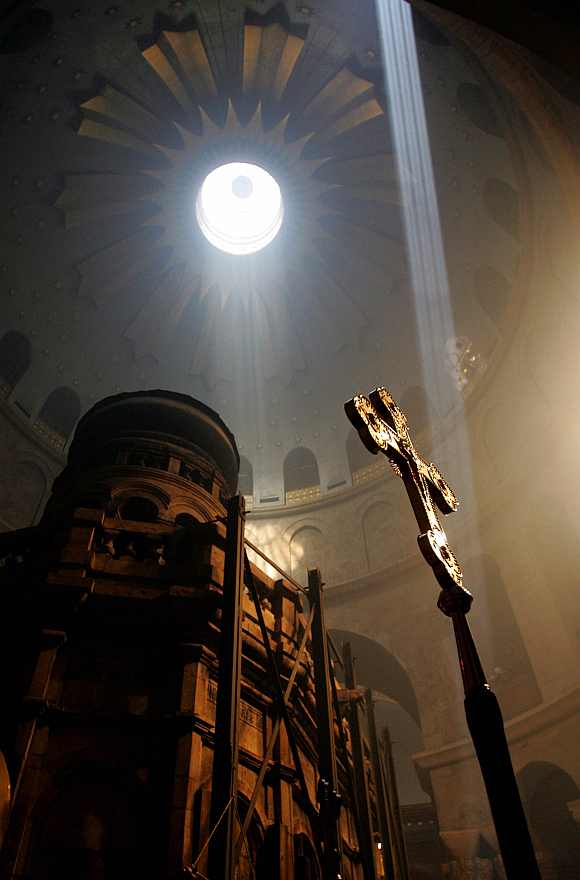
The latter period occurred during "the years when Pontius Pilate was procurator of Judea and when the earthquake of the Gospel of Matthew is historically constrained," Williams said.
"The day and date of the crucifixion (Good Friday) are known with a fair degree of precision," he said. But the year has been in question.
In terms of textual clues to the date of the crucifixion, Williams quoted a Nature paper authored by Colin Humphreys and Graeme Waddington.
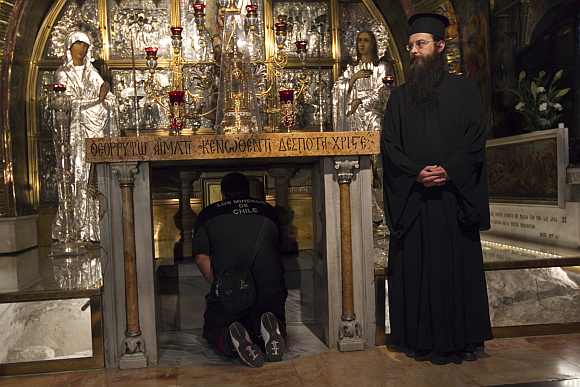
When data about the Jewish calendar and astronomical calculations are factored in, a handful of possible dates result, with Friday April 3, 33 AD being the best match, according to the researchers.
In terms of the earthquake data alone, Williams and his team acknowledge that the seismic activity associated with the crucifixion could refer to "an earthquake that occurred sometime before or after the crucifixion and was in effect 'borrowed' by the author of the Gospel of Matthew, and a local earthquake between 26 and 36 AD.
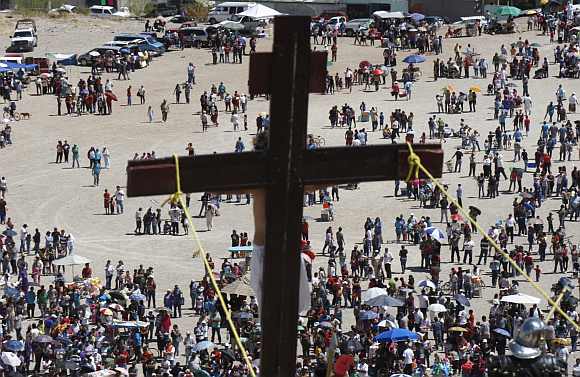
That was sufficiently energetic to deform the sediments of Ein Gedi but not energetic enough to produce a still extant and extra-biblical historical record."
"If the last possibility is true, this would mean that the report of an earthquake in the Gospel of Matthew is a type of allegory," they wrote.
Williams is studying yet another possible natural happening associated with the crucifixion - darkness.
...